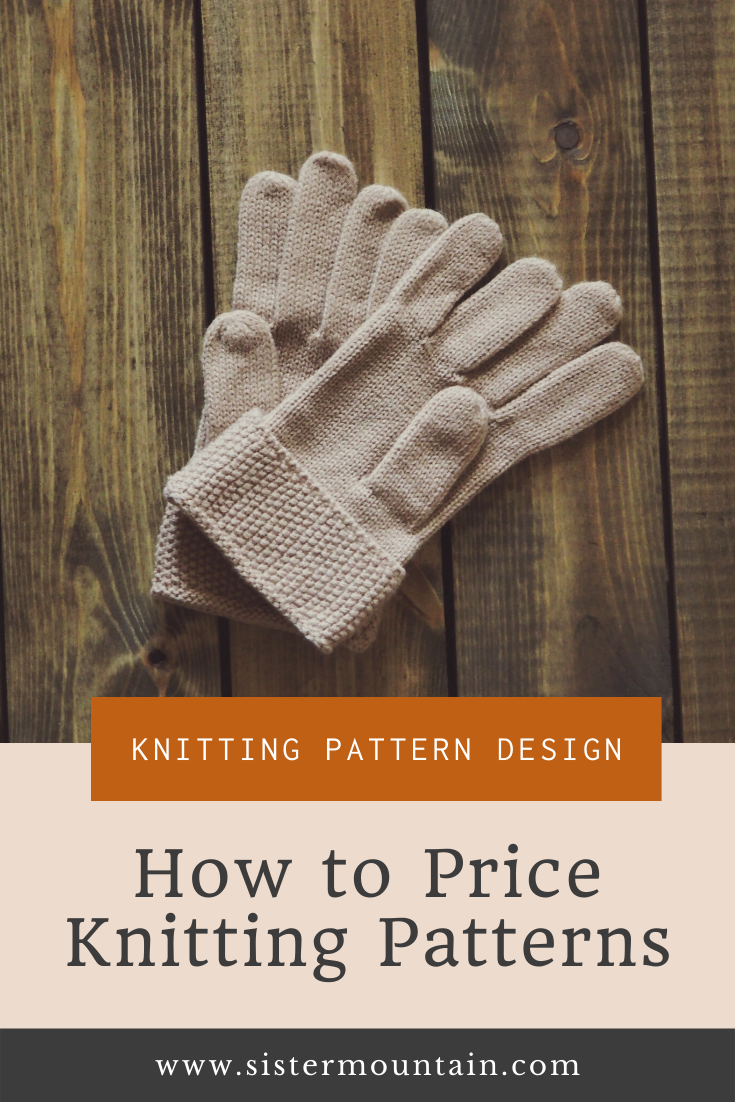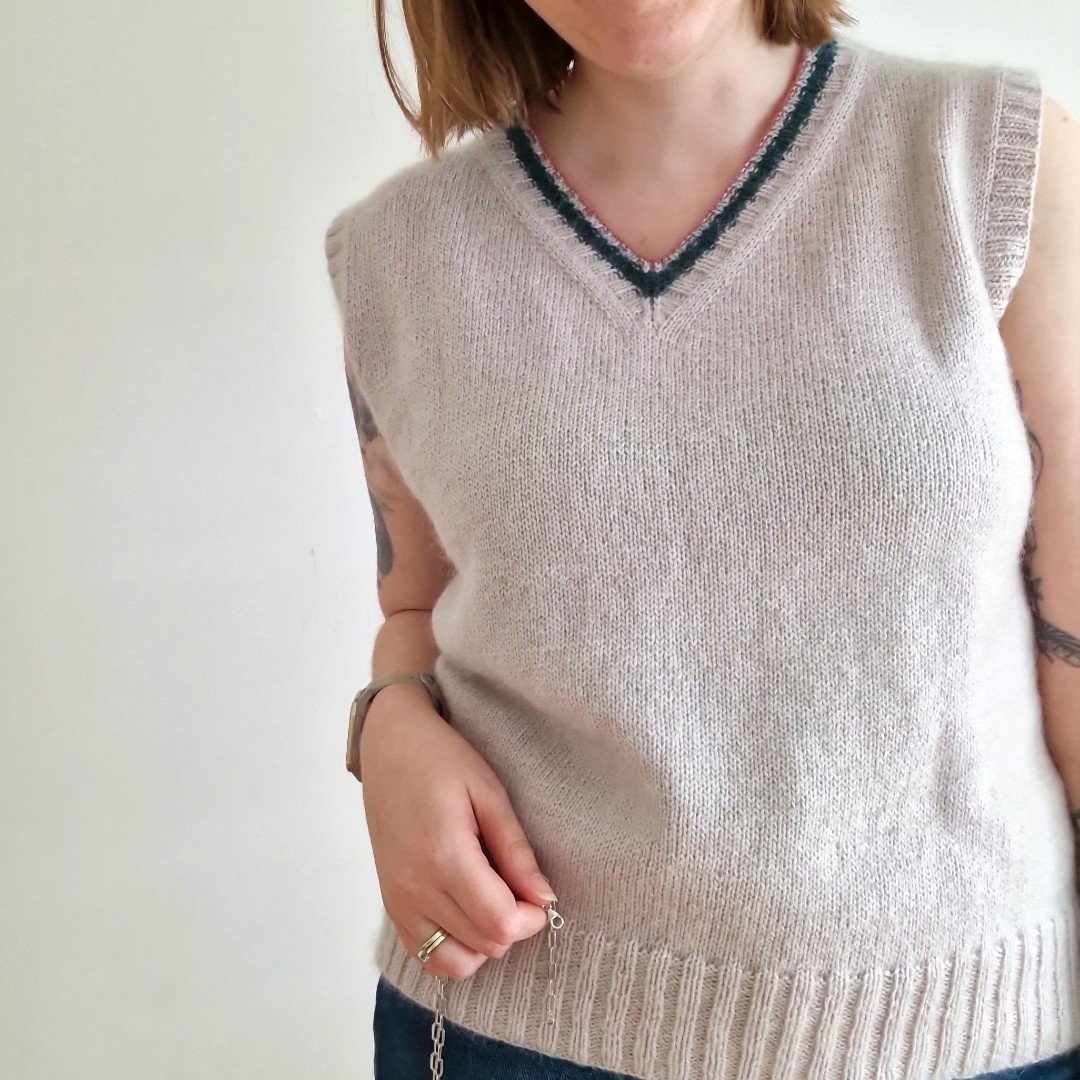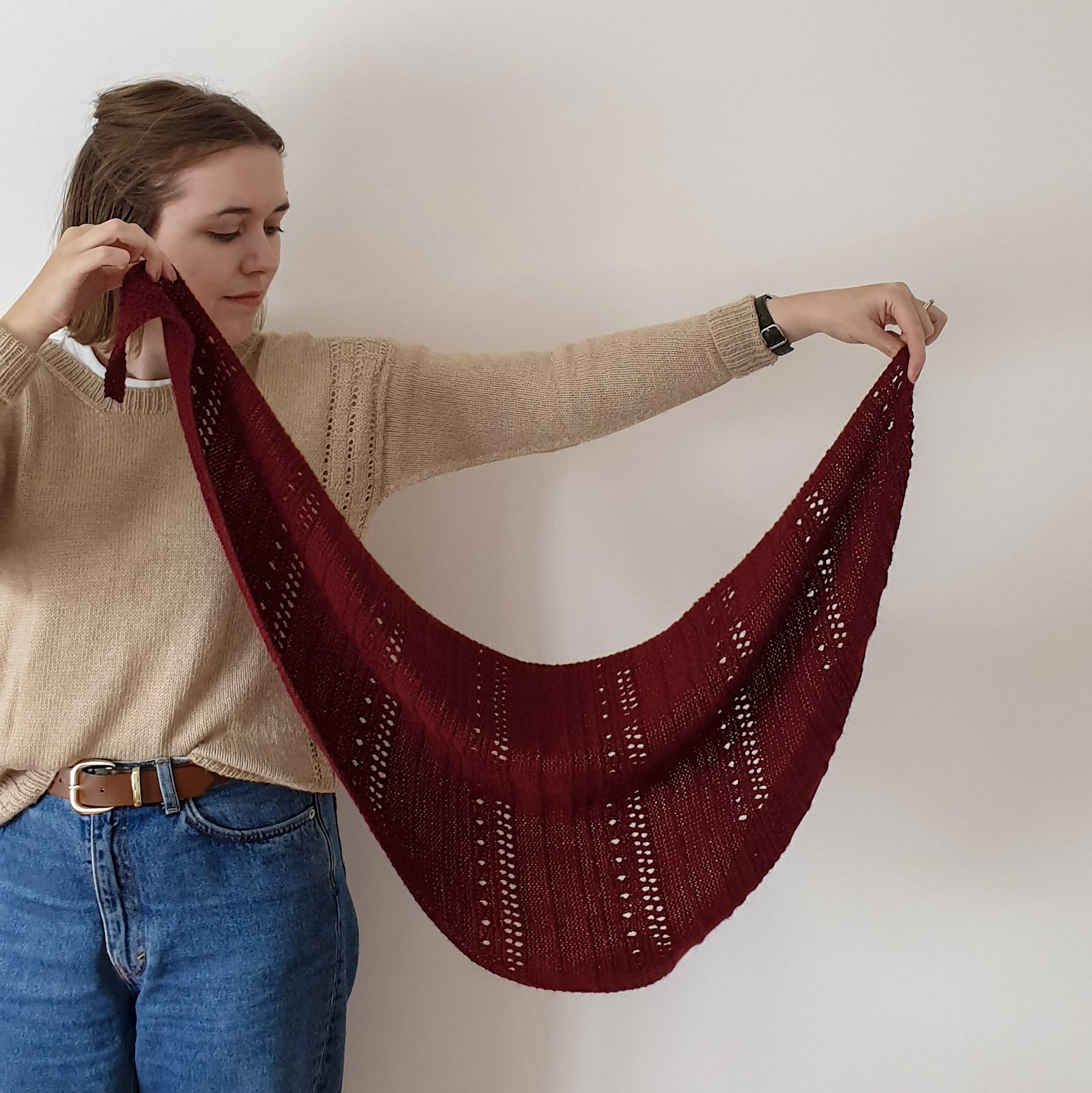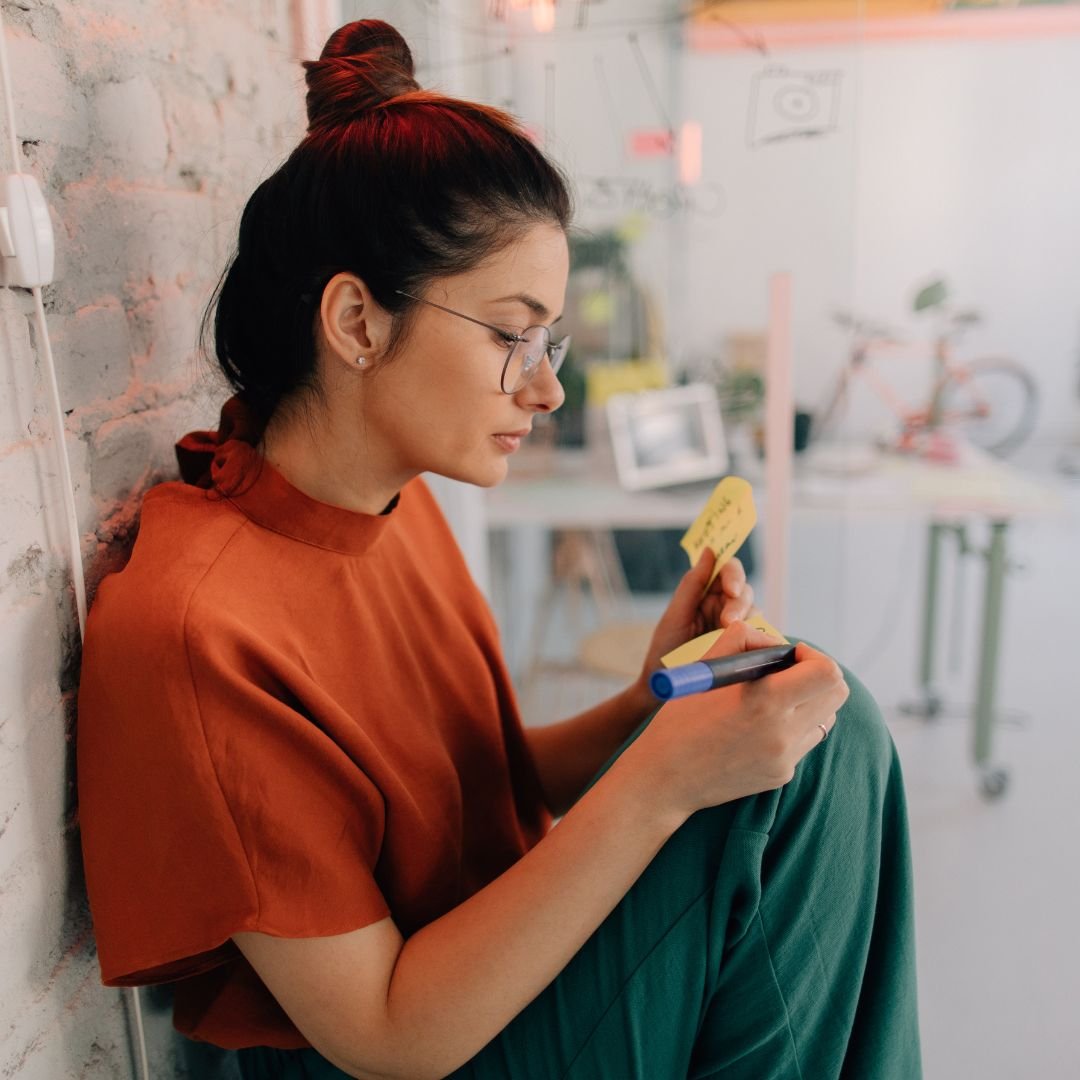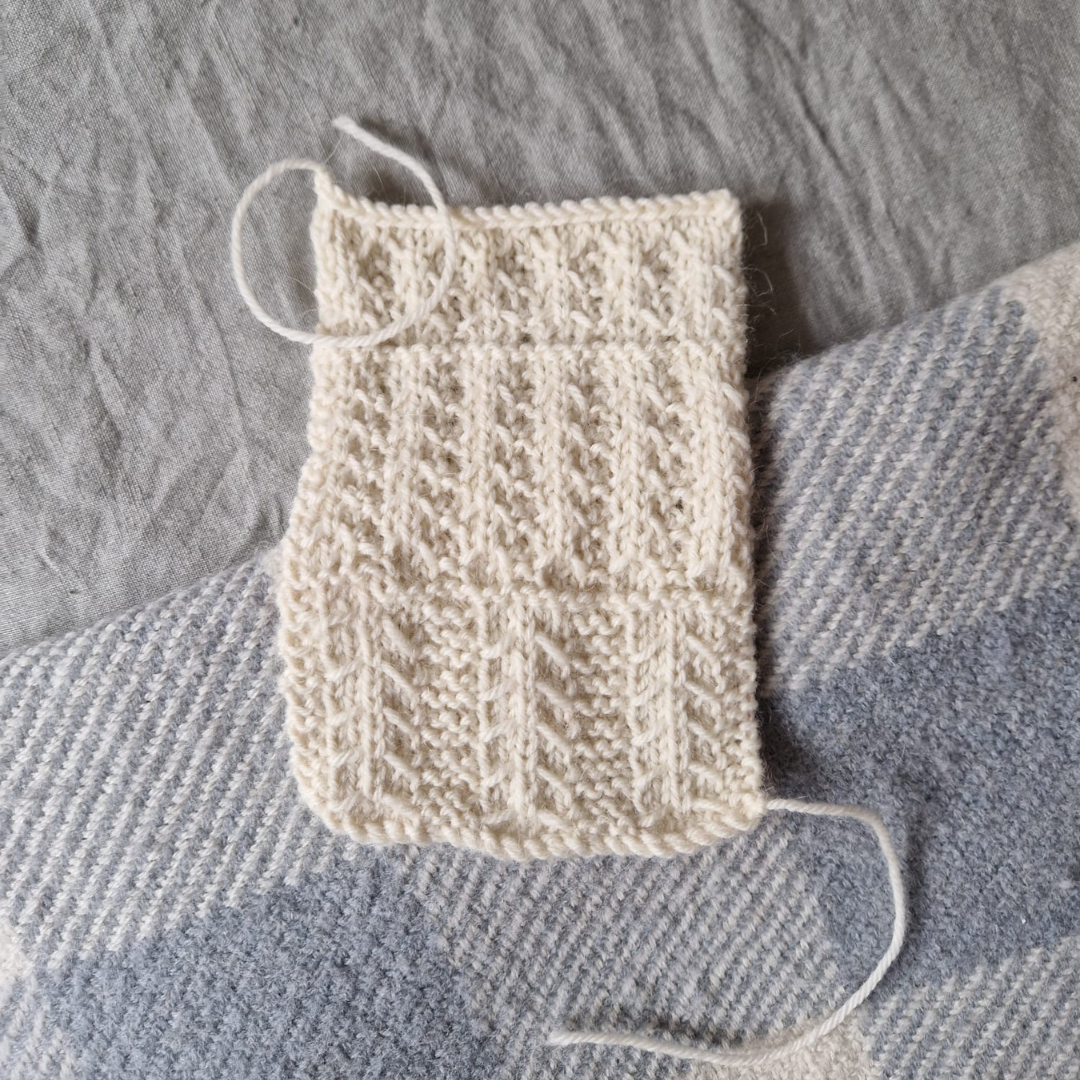5 Things to Consider When Pricing Your Knitting Patterns
Knitting pattern pricing is a topic that comes up often amongst designers, especially those who are relatively new to the industry. So much time and money goes into the development of a knitting pattern: how can we make it profitable?
Pattern pricing is an important factor in creating a sustainable business model as a designer. Even if you don’t intend to make a living from your knitting pattern sales (and very few do make a living, according to data released by Cassidy from Ravelry), you should still be able to make a profit from your knitting patterns.
After much thought on this topic, I’ve come to the conclusion that pricing is very personal and it is up to the designer to decide what works for them. In this blog post, I’m sharing five things you should consider when pricing your knitting patterns to help you make your decision.
1. What Kind of Pattern Pricing Appeals to You?
As a knitting pattern designer, you have three options when it comes to your pricing:
Low
Mid-range
High-end
However you choose to price your patterns, it is your responsibility to provide your customers with a high-quality pattern that, if followed, will give them the end result that you promise. This is non-negotiable.
So, with that in mind, what kind of pricing appeals to you?
Low Pricing
If you sell at a low price point, your patterns will be more accessible to those on a low-income. In order to make a profit, you will need to sell more patterns than you would if you’d priced it higher.
Designers who sell patterns at a higher volume typically invest a lot more time and, potentially, money into growing their online community. As a result, they have fans who buy almost every pattern that they release! This can be quite successful, however, don’t underestimate how much hard work this takes. It’s not an easy path but, for those who have made it work, it can be very rewarding.
High-End Pricing
Designers who create premium patterns at a higher price-point don’t need to sell as many patterns in order to make a profit. However, it will likely be harder for them to convert browsers into buyers.
Premium pattern prices require a premium service: high-quality photos, in-depth information and outstanding customer service. You will need to go above and beyond what other designers are offering. Again, this is a significant time and money investment, but get it right and customers will see the value in what you are doing and will happily pay you for it.
Mid-Range Pricing
This is where my pricing currently stands. My patterns are affordable: neither high-end nor low-cost. And yet, I’m not making enough profit for each pattern release when I consider how many hours go into developing them.
In order to increase my profit margin, I could increase my prices slightly or I could build my community in order to increase the volume of pattern sales. Instead, I’m very drawn to the “Pay What Works” model.
Pay What Works
I was first introduced to this model by Frenchie from Aroha Knits. It involves setting a price for your pattern that reflects the value of the work you put into it (which is considerably more than the average knitting pattern price) whilst offering a selection of discount codes that allow buyers to pay a price that fits their budget.
In theory, this will continue to make your patterns accessible to those on low-incomes whilst making more of a profit overall, thanks to the people who pay the higher price for the pattern. I am yet to implement this model in my business, but it’s something I am likely to try out in the future.
2. Set a Pricing Structure
Don’t make the mistake of pricing all of your patterns the same! Simpler patterns should have a lower price point, whilst more complex patterns should have a higher price point. I highly recommend setting up a pricing structure to accommodate this.
I currently use a three-tier pricing structure for my patterns: £5, £6 and £7.50 (excluding VAT). Simple accessories are priced at the lower end of the scale, whilst more complex patterns with sizing will fall at the higher end of the scale.
3. Look at the Numbers
Before making a decision on price, have a think about how much profit you would like to make from this pattern release. Take into account your expenses from pattern development, such as material costs and tech editing.
How many patterns would you like to sell in the first month? If you have released a pattern before, consider your numbers from previous pattern releases. How many sales are realistic?
Based on these numbers, you can get a feel for how much you’d need to charge per pattern in order to make the profit that you want. Honestly, this number might make you feel discouraged because it might be very different to the pricing norms. Even so, it’s helpful to know this information.
4. What are Your Competitors Charging?
Who are your peers in the world of knitting pattern design? Which designers would you like to position yourself alongside?
Take a look at their patterns and note what they are charging. You don’t have to adopt their pricing structure, but again, it’s useful information to help you make your decision.
5. Confidence
Whenever you’re selling anything, you will struggle if you don’t feel confident in the price you’ve chosen. No one wants to buy from someone who doesn’t believe that their product is worth what they’re charging.
You need to choose a price for your knitting patterns that feels good to you; that reflects the value of what you’re offering. Accomplish this and you will find it easier to sell.
Your Pricing Isn’t Final.
This might feel like a difficult decision to make but remember: your knitting pattern pricing is not final. You can change it whenever you want.
Make a firm decision now and then come back to it in 6 months. Do you still feel happy with your pricing? Great! Keep it. If not, you can always change it.

